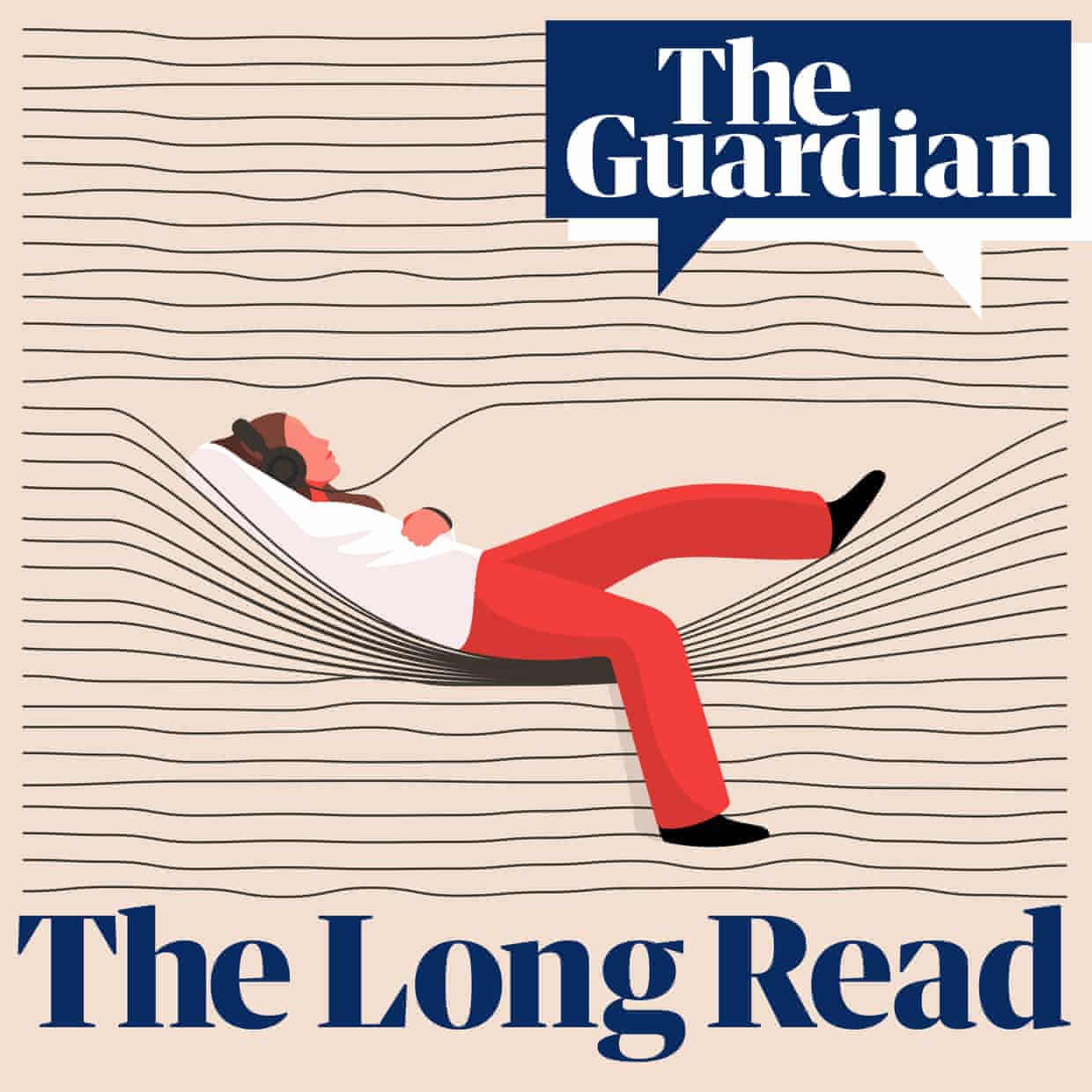Science
Ancient Skull and Contested Femur Ignite Feud Over Human Origins

The discovery of the ancient skull known as Toumaï has sparked a contentious debate over humanity’s origins, with a disputed femur adding fuel to an ongoing feud among scientists. Unearthed in the Sahel region of Chad in March 2001, Toumaï is believed to be over 7 million years old and could provide crucial insights into early human evolution. However, the narrative surrounding its significance has become embroiled in controversy, particularly following the revelation of a femur that some claim belongs to a different species.
The controversy stems from competing interpretations of the evidence. The original research surrounding Toumaï, conducted by a team led by Michel Brunet, posited that the skull represented a pivotal link in the evolutionary chain between apes and humans. However, subsequent studies have questioned this classification, suggesting the need for a reevaluation of what defines humanity’s ancestral lineage.
The discovery of the femur, which has been dated to approximately 3 million years ago, has further complicated the debate. Some researchers argue that it belongs to a separate lineage that diverges from the trajectory suggested by Toumaï. This claim has intensified the rivalry among paleontologists and has raised questions about the validity of current evolutionary models.
In addition to the scientific implications, the dispute carries personal and professional stakes for those involved. The tension has led to accusations of academic misconduct and has raised ethical concerns about the ownership and interpretation of fossil finds. The Robert B. Silvers Foundation has supported reporting on this issue, highlighting its significance within the scientific community.
The ongoing feud reflects deeper philosophical questions about the nature of scientific discovery itself. Who has the authority to define humanity’s origins? As researchers continue to analyze these ancient remains, the implications of their findings are expected to ripple through both academic and public discourse.
This situation underscores the complexities inherent in the study of human evolution, where new findings can challenge long-held beliefs and lead to intense debate. As the scientific community continues to grapple with these questions, the story of Toumaï and the contested femur serves as a reminder of the ever-evolving nature of knowledge and understanding in anthropology.
-

 World2 weeks ago
World2 weeks agoCoronation Street’s Shocking Murder Twist Reveals Family Secrets
-

 Entertainment1 week ago
Entertainment1 week agoAndrew Pierce Confirms Departure from ITV’s Good Morning Britain
-

 Entertainment5 months ago
Entertainment5 months agoKate Garraway Sells £2 Million Home Amid Financial Struggles
-

 Entertainment4 months ago
Entertainment4 months agoAnn Ming Reflects on ITV’s ‘I Fought the Law’ Drama
-

 Entertainment1 month ago
Entertainment1 month agoCoronation Street Fans React as Todd Faces Heartbreaking Choice
-

 Health4 months ago
Health4 months agoKatie Price Faces New Health Concerns After Cancer Symptoms Resurface
-

 World1 month ago
World1 month agoBailey Announces Heartbreaking Split from Rebecca After Reunion
-

 Entertainment2 weeks ago
Entertainment2 weeks agoTwo Stars Evicted from I’m A Celebrity Just Days Before Finale
-

 World2 weeks ago
World2 weeks agoKevin Sinfield Exceeds Fundraising Goal Ahead of Final Marathons
-

 Entertainment4 months ago
Entertainment4 months agoCoronation Street’s Carl Webster Faces Trouble with New Affairs
-

 Entertainment3 months ago
Entertainment3 months agoWhere is Tinder Swindler Simon Leviev? Latest Updates Revealed
-

 Entertainment5 months ago
Entertainment5 months agoMarkiplier Addresses AI Controversy During Livestream Response













